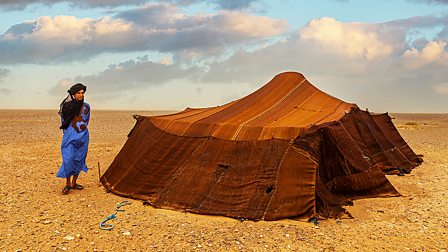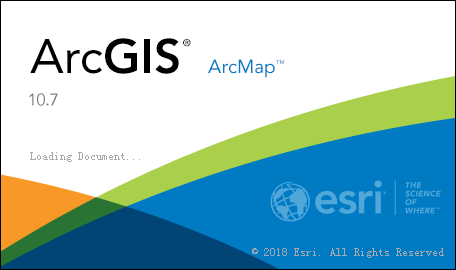What is human habitation/ Human Settlement? Factors and Classification of habitation/Settlement?
What is human habitation called? Classification of habitation. What are the principles of establishing settlements?
Human Habitation
When people gather and permanently reside in a specific place, it is called human habitation. This is the first step in using oneself with nature for movement. The establishment of settlements is the first step in meeting human needs in the environment and protecting oneself from adverse conditions.
Different types of human settlements have emerged in various parts of the world based on the diversity of natural conditions. For example, people in polar regions build houses with ice, and in most rural settlements in Bangladesh, you can see houses made of bamboo and thatch. In various cities around the world, modern designs and construction materials are used to create high-rise buildings. With the increasing population, human habitation is growing both in rural and urban areas. Particularly, unplanned urbanization is leading to widespread environmental pollution.
| Factors influencing Settlement |
Principles of Settlement Establishment
For human habitation, the first requirement is a secure dwelling place. This dwelling place is called a settlement. The principles of settlement establishment are discussed below:
Geography: The geography of any country has the most significant influence on the establishment of human settlements. For example, areas with a dominant cold climate have fewer settlements compared to other regions where Dhaka is covered with snow throughout the year. In our country, the hilly Chittagong region has fewer settlements compared to the plains because it is not possible to establish settlements easily in hilly areas, although it is easy to do agriculture in the plain land.
Availability of Drinking Water: Water is essential for life. To establish a settlement, it is necessary to have access to pure water. Settlements located in areas with easy access to pure water are called wetland settlements. In areas with deserts and semi-deserts, people gather around waterfalls or natural wells for settlement.
Soil: Soil fertility is one of the determinants of settlement establishment. If the soil of an area or country is fertile, it becomes suitable for the establishment of agricultural settlements. On the other hand, if the soil is infertile, scattered settlements are formed. This is evident in countries like Germany, Sweden, Norway, and Poland where scattered settlements have developed due to the fertility and infertility of the soil.
Defense: In ancient times, humans began to settle in caves for self-defense. In the course of time, with the advancement of weaponry, people collectively started settlements for protection against external enemies and aggressive animals. In ancient times, there were no modern weapons for self-defense. Therefore, people collectively started settlements for protection from external enemies and aggressive animals.
Animal Husbandry: Settlements are widespread in areas where there is a connection between the people's livelihood and animal husbandry. Large areas are needed for animal husbandry, and therefore, settlements are scattered in such areas. As a result, settlements are scattered throughout such areas.
Communication: Communication infrastructure plays a crucial role in the establishment of settlements. Since ancient times, communication infrastructure has played an important role in the formation of human settlements. Settlements have gradually developed where there is easy access to transportation along riverbanks and flat land. Examples include Alexandria near the Nile River in Egypt and the origin of Samarkand in the flatlands of Tajikistan.
Classification of Settlements
Settlements can be divided into two categories based on the type of settlement: rural settlements and urban settlements.
Rural Settlements
A settlement where the majority of the inhabitants are directly dependent on agricultural activities, especially the primary level of economic activities, is called a rural settlement. Rural settlements can be isolated, scattered, or clustered. The characteristic features of rural settlements, such as the structure of houses, construction materials, and the layout of houses, can be easily identified.


Comments
Post a Comment